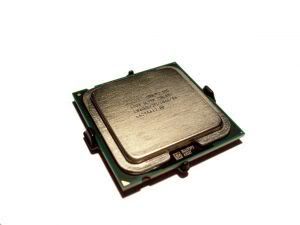Yoga
is a healing system of theory and practice. It is a combination of
breathing exercises (pranayama), physical postures (asana), deep
relaxation (yoga nidra) and meditation (dyana), practiced for more than
5,000 years.
While Yoga evolved as a religious practice in Hinduism, in the Western world has grown as a form of purely physiological, psychological,
mental and spiritual practice. Most of the yoga practices in the
western yoga have little or nothing to do with Hinduism, but are simply a
way of keeping all levels of the human being, fit and healthy and this
is only a part of the broad view of yoga. Through the practice of yoga,
we become aware of the interconnection between our spiritual, mental,
emotional and physical levels. Gradually this awareness leads us to an
understanding of the more subtle areas of our existence.
Yoga practice prevents specific
diseases and maladies by keeping the energy meridians (nadis) open and
life energy (prana) flowing. Yoga is considered a mind-body intervention
that is used to reduce the health effects of generalized stress.
Laboratory tests have proved the
yogi's increased abilities of consciously controlling autonomic or
involuntary functions, such as temperature, heartbeat and blood pressure.
Yoga acts both as a curative and
preventive therapy. According to medical scientists, yoga therapy is
successful because of the balance created in the nervous and endocrine
systems which directly influences all the other systems and organs of
the body.
Regular practice of poses (asanas), breathing exercises (pranayama), deep relaxation (yoga nidra) and
meditation, can help such diverse ailments such as: acidity ,
allergies, Alzheimer disease, anaemia, anger, anxiety, arthritis,
asthma, back pain, bronchitis, cancer, carpal tunnel syndrome,
chronic fatigue, colitis, common cold, constipation, depression,
diabetes, epilepsy, eye problems, facial wrinkles, gastro-intestinal
disorders, headaches, heartburn, haemorrhoids, hepatitis, high blood
pressure, hypertension, immune-deficiency, impotence, menopause, menstrual cramps,
migraines, multiple sclerosis, muscular dystrophy, nervous tension,
obesity, osteoporosis, prostate, enlargement, sciatica, skin problems,
sleep apnoea, slipped disk, sterility, stiffness, stress, insomnia,
intoxication, thyroid problems, kidney stones, stuttering and
stammering, urinary tract disorders for women, vaginal infections and
many more.
Read more: http://www.articlesbase.com/yoga-articles/the-benefits-of-yoga-548787.html

